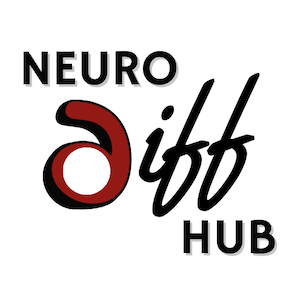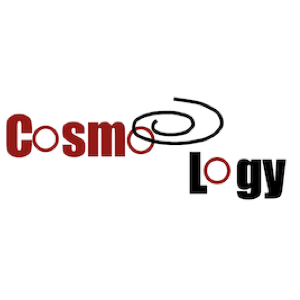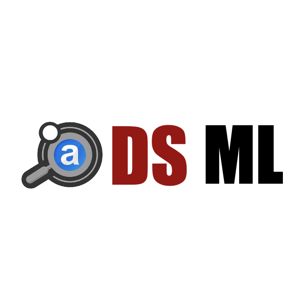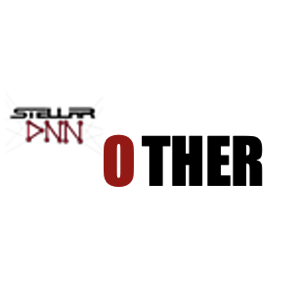
What is NeuroDiffHub
Neurodiffhub is a platform that uses neural networks to store and disseminate solutions to differential equations. It includes a web application that allows users to search for specific differential equation, and an API that can be used to load and save solutions. The platform aims to provide a central repository for solutions to differential equations and make it easier for researchers and practitioners to access and use these solutions in their work.






